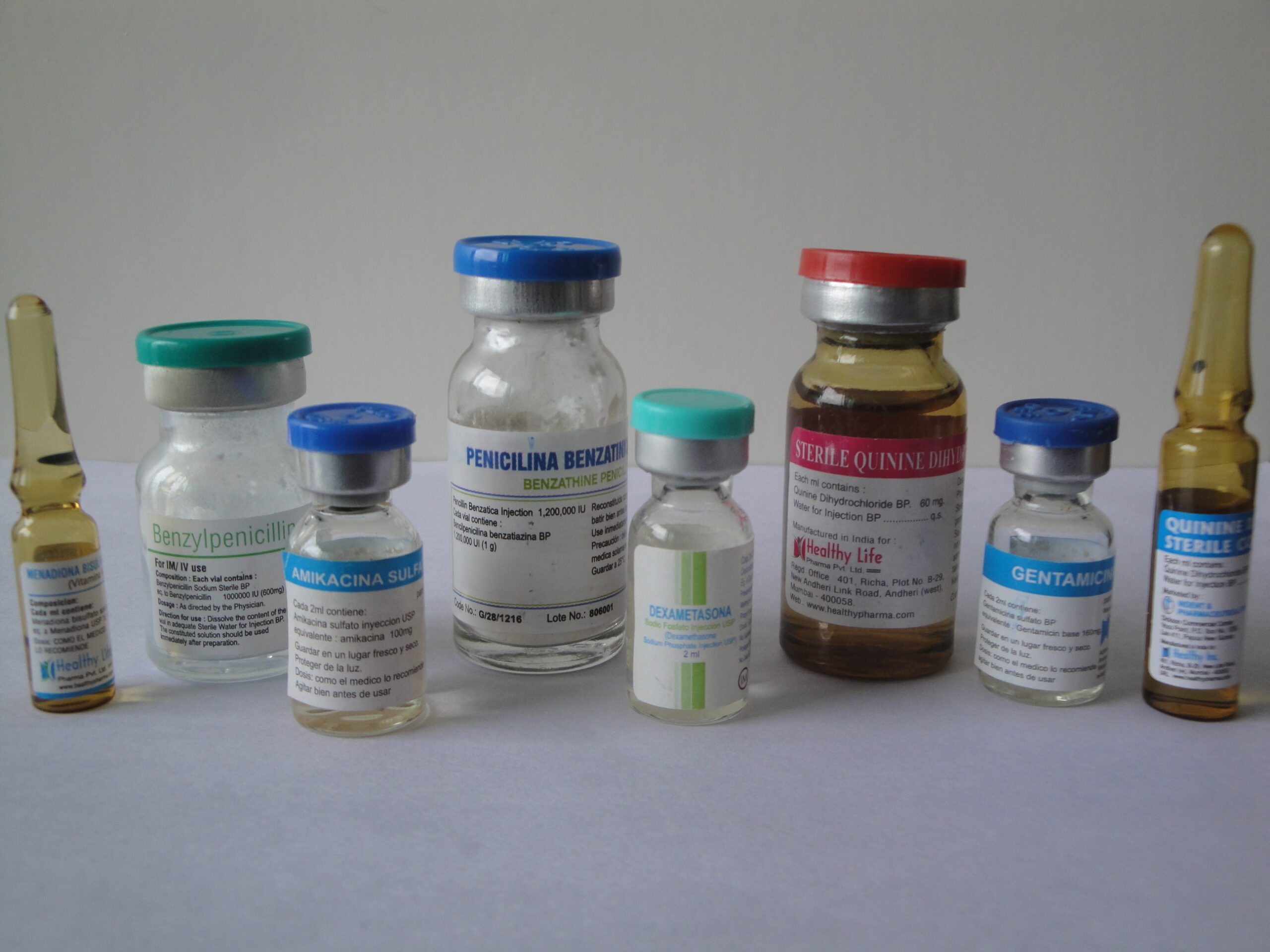Description
Pantoprazole injection
Pantoprazole is primarily available in oral formulations like tablets or capsules for the treatment of conditions related to excessive stomach acid production, such as gastroesophageal reflux disease (GERD), peptic ulcers, and Zollinger-Ellison syndrome. However, there are circumstances where a pantoprazole injection may be used.
The injection form of pantoprazole is typically reserved for situations where oral administration is not feasible or when rapid symptom relief is required. Some scenarios where pantoprazole injections might be used include:
Hospitalized patients: Patients who are unable to take oral medications due to conditions like nausea, vomiting, or being unconscious may receive pantoprazole injections in hospital settings.
Patients with severe GERD or ulcers: In cases where the condition is severe or complicated, healthcare providers may opt for intravenous administration of pantoprazole initially to ensure rapid acid suppression.
Patients with Zollinger-Ellison syndrome: This rare condition leads to excessive production of stomach acid and often requires high doses of acid-suppressing medication. Pantoprazole injections may be used in such cases to provide prompt relief.
It’s essential to use pantoprazole injections under the supervision of a healthcare professional, as they will determine the appropriate dosage and frequency based on the individual’s condition and response to treatment. As with any medication, pantoprazole injections may carry risks and potential side effects, so it’s crucial to discuss these with your healthcare provider before administration. Additionally, patients should follow all instructions provided by their healthcare provider and report any adverse reactions or concerns promptly.
As of my last knowledge update in January 2022, pantoprazole is primarily available in oral formulations (tablets or capsules) for the treatment of conditions such as gastroesophageal reflux disease (GERD), peptic ulcers, and other conditions associated with excessive stomach acid production. The usual route of administration is oral, and it is taken with or without food, as directed by a healthcare professional.
While I don’t have specific information about a pantoprazole 40 mg injection, it’s possible that formulations and guidelines may have been updated or changed since then. Injections are typically reserved for situations where oral administration is not feasible, such as in hospitalized patients or those with severe gastrointestinal issues.
If your healthcare provider has prescribed a pantoprazole 40 mg injection for you, it is crucial to follow their instructions precisely. Here are some general points to consider:
Administration: Injections are usually administered by healthcare professionals in a clinical setting. Ensure that a trained healthcare provider administers the injection.
Dosage: Follow the prescribed dosage provided by your healthcare provider. Do not self-adjust the dosage without consulting your healthcare professional.
Frequency: Follow the recommended frequency of injections as prescribed by your healthcare provider.
Monitoring: Your healthcare provider may monitor your condition to assess the effectiveness of the treatment and adjust the dosage or formulation as needed.
Side Effects: Be aware of potential side effects and promptly report any unusual or severe reactions to your healthcare provider.
Interactions: Inform your healthcare provider about any other medications, supplements, or medical conditions you have to avoid potential drug interactions.
It’s essential to consult your prescribing healthcare professional or pharmacist for the most accurate and up-to-date information on the usage of pantoprazole injections and any potential updates or changes since my last knowledge update in January 2022.
Pantoprazole, a proton pump inhibitor (PPI), is primarily used to reduce stomach acid production. While the oral form is more commonly prescribed, there are situations where an injectable form may be used. Injectable pantoprazole may be employed when oral administration is not feasible or during hospitalization.
Here are some situations where pantoprazole 40 mg injection might be used:
Critical Conditions: In cases where patients are unable to take medications orally due to severe illness, surgery, or inability to swallow.
Hospitalized Patients: Pantoprazole injections are often administered in hospital settings, especially for those admitted with gastrointestinal bleeding, ulcers, or other conditions requiring rapid acid suppression.
Emergency Situations: In emergency situations, injectable forms may be preferred for a quicker onset of action.
Temporary NPO Status: If a patient is “nothing by mouth” (NPO) or unable to tolerate oral medications, injections may be utilized.
It’s important to note that the decision to use the injectable form, dosage, and duration of treatment should be determined by a healthcare professional based on the specific needs and conditions of the patient.
If you have been prescribed pantoprazole 40 mg injection, it’s crucial to follow your healthcare provider’s instructions closely. Additionally, discuss any concerns or questions you may have about the medication with your healthcare team. Always communicate openly about your medical history, current medications, and any potential side effects or interactions.



